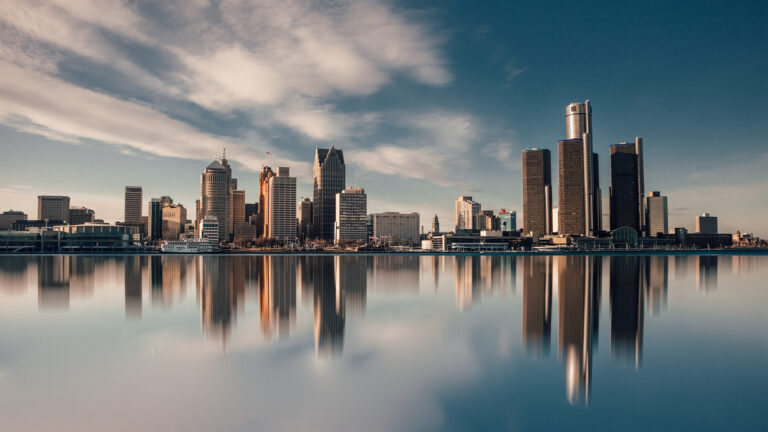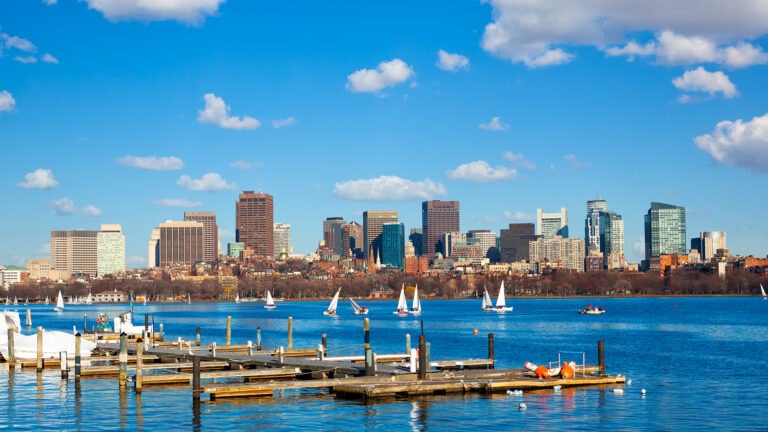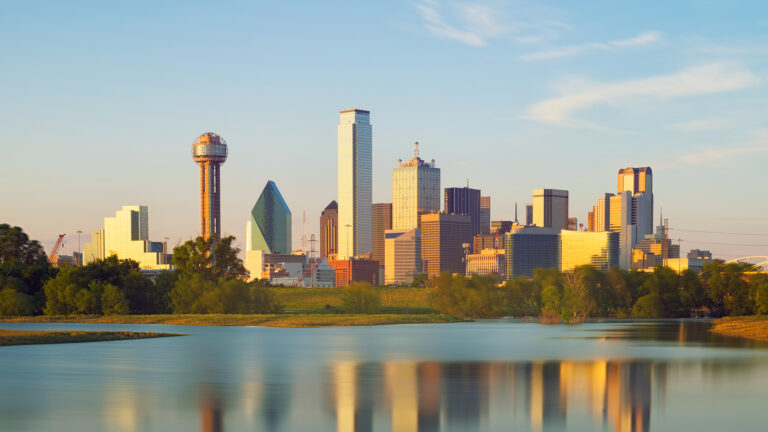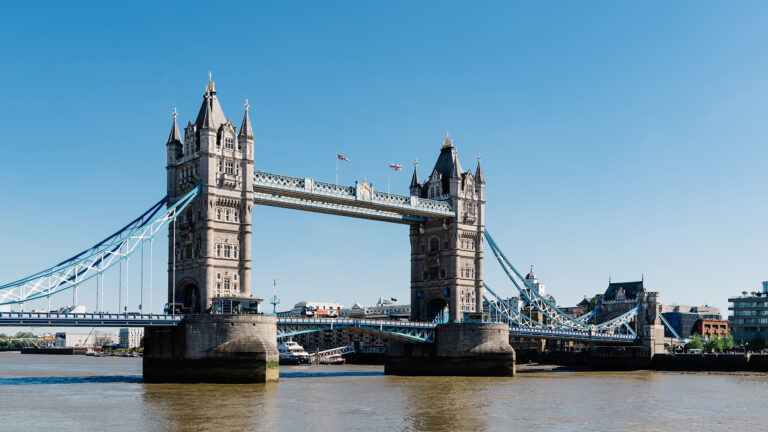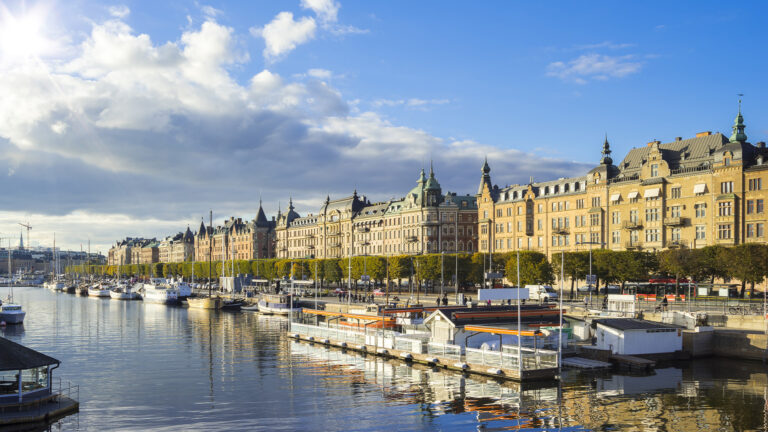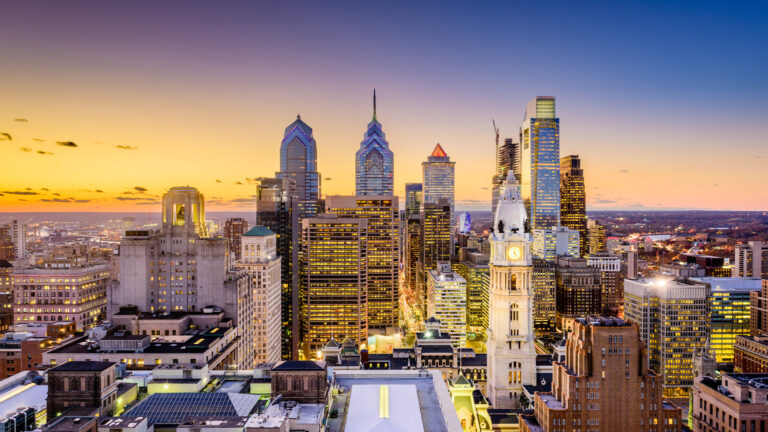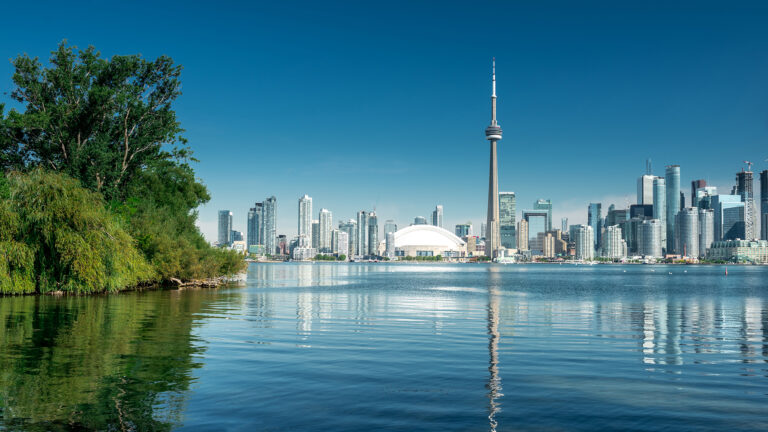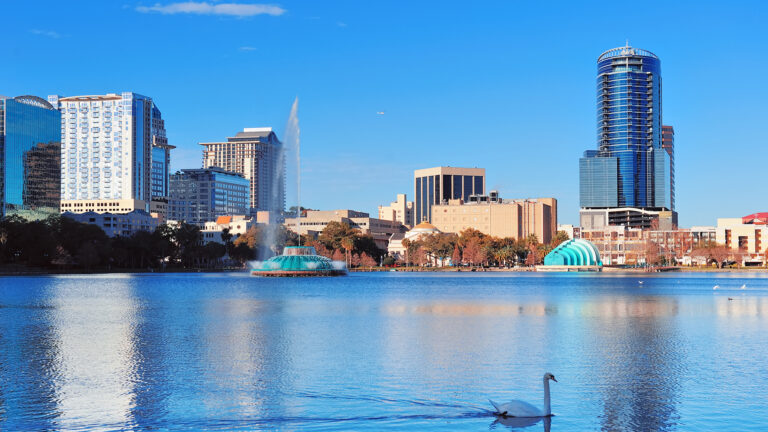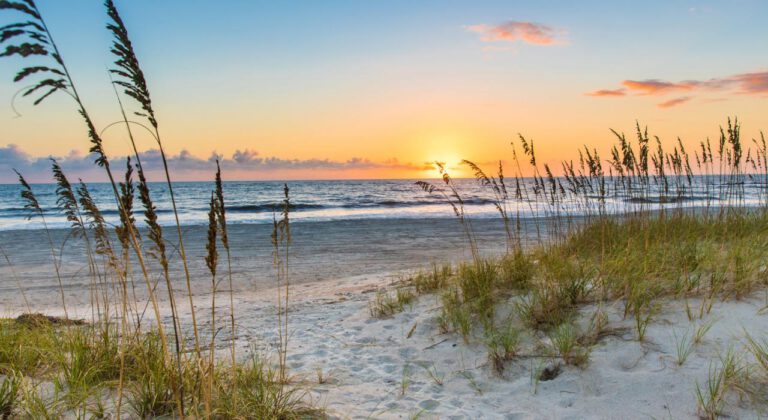Read below as Markets Group’s Head of Responsible Investing and Real Estate Content, Maddi Heckman, interviews Jonathan Martin, Principal and Co-Founder of Anfield Hotel Advisors LLC. Jonathan shares his expert insights into the state of the hospitality industry, conducting due diligence, identifying new opportunities, and emerging trends in the space.
What is the current state of the hospitality sector across the U.S.?
Maddi, thank you again for giving Anfield Hotel Advisors the opportunity to share some of our thoughts on the hospitality industry with your clients.
On a national basis the industry overall continues to make gains coming out of the worst downturn that the hospitality industry ever experienced.
The overall recovery has been led by the transient leisure segment where individual travelers adopted a philosophy of “revenge travel” after been confined to their homes during Covid. The significant beneficiaries of this travel were the drive to coastal and resort getaway markets where people could escape to the fresh air and not worry about being in confined spaces with other people.
This momentum in leisure travel continued in Q2 2022 where industry wide performance was stronger than expected despite a decline in GDP and the highest inflation in more than 40 years. Strength in the quarter was the result of continued improvements in group business, inbound international travel and what may have been a peak in leisure travel this cycle.
Q2 RevPAR (Revenue Per Available Room – Occupancy times Average Daily Rate) reached $98.84, up 38% YOY, and an all-time quarterly high at 106% of 2019’s level. RevPAR growth was driven mainly by ADR – Average Daily Rate – (up 25.5%), followed by occupancy (up 9.9%), demonstrating travelers’ limited price sensitivity in many peak demand markets. As can be seen the hospitality space is a strong commercial real estate hedge in an inflationary environment with hotels ability to adjust pricing on a daily basis to account for increased demand while also offsetting increased costs.
As we enter the Fall, a more traditional business travel period of the year, it will be very telling to see if corporate individual and group travel will fill the gaps left by the fall off in strong leisure travel from the summer months. The recovery across the country is likely to continue for the remainder of the year but likely at a slower pace than has been experienced to date.
How has the hospitality industry changed since Anfield launched in 2019?
As many entrepreneurs say – if I only knew then what I know now – we may have made a very different decision back in 2019! However, if we hadn’t made the leap then we would never have learned all that we have over the past 3 years. Needless to say, the effects of Covid 19 on the hospitality industry were absolutely devastating with the hotel industry essentially shutting down from the middle of March 2020 onwards.
Not only has the hospitality industry changed in many ways but also how people live and work has changed dramatically since February 2020. How many people had spent a moment thinking about a product call Zoom before the pandemic hit!
From an operational performance perspective this cycle’s RevPAR decline was deeper and steeper than any experienced prior. However, the recovery has also been more aggressive than any previous cycle. Following the Great Financial Crisis, it took 59 months for trailing-12-month RevPAR to recover to the prior peak level. Following 9/11, it took 52 months.
In April 2022 (Month 29) U.S. RevPAR reached 2019 levels on a TTM basis, and as of July 2022, (Month 32) U.S. RevPAR was 1.5% above the prior peak on a TTM basis.
The long-lasting effects of being locked down for an extended period won’t really be known for quite some time, but there have been some significant fundamental shifts in how we live and work and may have lingering effects on the hospitality industry.
Obviously the “revenge travel” that we discussed earlier was a great boon for hotels coming out of the pandemic but the question remains how sustainable is that leisure business on a broad basis over the longer term. Only time will tell, however as we enter Fall 2022, we are now watching carefully to see how office occupancies rebound and how quickly the individual corporate traveler and corporate group business returns to help off set the natural slow down in leisure business after the summer season.
Most importantly, what we have been seeing since the beginning of 2021, is that making Investment decisions in the hospitality space based on broad based national assumptions – in terms of hotel performances – is very difficult. Commercial real estate and even more so hospitality, is a street corner by street corner business, and the performance of one hotel can be very different from another hotel even in the same submarket, depending on the type of property it is, its size, branding, age etc. It is therefore critical that as we come out of this very unique time for our industry, that a very focused and diligent approach be taken to what parameters an equity investor is looking for and marry those criteria up with the most appropriate hotel asset. We have executed on three separate examples of this over the past year and we feel that our boutique, focused, and deeply experienced entrepreneurial structure allows us to pair up the right investment opportunities with the right investment partners.
Given the surge of transactions, how are you performing due diligence on individual properties?
Based on our combined 60+ years of experience in both Hospitality Operations and Investment, we have an exhaustive and clearly defined check list that we follow on every transaction. Also, with our broad-based understanding of many markets across the country, founded on previous transaction experience, we can very quickly conduct an initial desktop due diligence analysis to determine whether a property in a specific market makes sense or not.
Are there geographic locations that are delivering more favorable returns than others?
Coming out of the pandemic many leisure, drive to markets rebounded more quickly than other. Markets such as coastal Florida and coastal California were prime examples of this. Generally, the southern states came back quicker than the northern states in terms of recovery however northern cities such as Boston, New York, and San Francisco have seen significant performance improvements throughout 2022. From an operational perspective many assets in the southern state markets returned to peak Net Operating Income (“NOI”) by 2021, which helped owners of those assets stay afloat – with the help of their current lenders who provided some form of mortgage forgiveness upon the onset of the pandemic.
Going forward favorable returns will be best achieved on specific assets in the “right” market where the demand and supply characteristics line up well for an extended period of recovery.
Are you seeing new industry trends emerging?
There are a number of trends that have been highlighted more recently as traveler’s habits have changed following Covid 19.
One of the newer concepts is that of the “Bleisure” traveler where travelers are combining business and leisure more than ever before. According to the Global Business Travelers Association, 82% of managers feel that their employees are interested in combining business travel with leisure. Unlike digital nomads, who hop between extended stays at destinations while working remotely, bleisure describes shorter trips where people travel for business but stay for leisure.This concept allows travelers the flexibility to avoid peak season travel while saving on costs. Combination trips were already on the rise before COVID-19 hit. As businesses reinstate travel for conferences and client meetings, bleisure is rebounding, too.
Moving forward the hospitality will continue to see a ramp up in digitalized guest experiences. Due to the restrictions that we put in place during Covid in terms of reducing person to person interaction and reducing customer touch points, phone apps have become increasingly important in the way hoteliers manage the services they provide to their customers, and can use this technology to control many aspects of the guest cycle and experience. Traditionally, customer-facing services are being given an overhaul thanks to the more widespread use of technology-assisted options, such as mobile check-in, contactless payments, voice control and biometrics.
In an industry where up to 45% of a property’s operating costs come in the form of labor, hotel owners and managers are also leveraging the use of technology to help offset both the challenges that they are seeing in labor market from both a cost and availability perspective.
An additional trend that we are seeing post Covid is the increased demand from travelers for an elevated level of personalization. Today’s guests have grown to expect to be recognized and treated as individuals. Establishments are going the extra mile to personally greet their guests, while tools such as Mailchimp and Zoho have made personalized e-mail marketing accessible to the masses, ensuring highly target audience-specific communications. Far beyond simply adding the customer’s name to email greetings, data provides insight into past buying habits, enabling hotels to tailor their offers and promotions, and automatically provide similar services to previous stays.
Technological platforms such as CRM and CEM use big data to create one-to-one interactions between the guest and the host at scale. AI-powered chatbots have proven to be a customer service asset both during the booking process and in responding to recurring questions.
Hotel operations more generally are increasingly shaped by the use of management systems to monitor and optimize revenues, customer relationships, property, channels and reputation. Not to mention the rising importance of integrated messaging, predictive analytics, customer profiling and middleware, which seeks to connect any disparate systems.
Where do you see the hospitality industry moving in the next 12-24 months?
From a year-to-date perspective in 2022, on a national basis, industry occupancy has improved over the same time last year by 11.1%. Due to the inflationary environment, and the hotel industry’s ability to change room rates on a daily basis, average daily rate has improved by 22.7%.
Much of this national improvement was driven by the Top 25 urban markets, who had originally lagged behind the secondary and tertiary markets in the recovery, but now with advances in vaccines etc people are more comfortable and willing to travel to our major cities.
We should see the trend continue, all be it at a slower pace, over the coming 12-24 months and particularly in the case of major conventions which have been noticeably absent from markets such as Philadelphia, Chicago and Seattle over the previous two years.
From an investment perspective the pace of transactions will likely slow down for the next 6 months or so, while the Fed tries to curb inflation through their interest rate strategy. The significant increase in lending rates combined with many major banks having filled their allocations for hospitality by mid-2022 has put a damper on the previous enthusiasm in the marketplace. We have found however, more than ever, the importance of relationship banking and the ability of focused and targeted investors to still get transactions completed through more local and regional lenders, whose local knowledge of particular assets and the relationship with a borrower can be invaluable.
